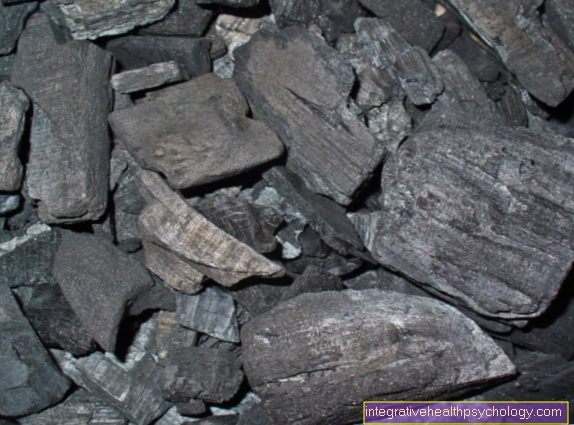arnica
Latin name: Arnica Montana
Genus: Daisy family, protected
Common names: Bergwohlverleih, Fallkraut, Gemsblume, Kraftwurz
Plant description arnica
Plant description: Knee-high plant with orange-yellow flowers whose marginal leaves have three teeth that are an important distinguishing feature. The longitudinally veined leaves are opposite each other in pairs. The plant grows in the mountains of Europe and North America, blooms in early summer and is protected.
Plant parts used medicinally
Flower heads
ingredients
Essential oil, flavonoids, choline, procyanidins (also contained in hawthorn blossoms), bitter substances and, as the main active ingredient, helenalin.
Medicinal effects and use of arnica
Anti-inflammatory, stimulates blood circulation, disinfects wounds and promotes healing, beneficial effect on the heart.
External use for bruises, contusions, strains of muscles and tendons, poorly healing wounds. For gargling with inflammation in the mouth and throat. For internal use to improve cardiovascular blood flow and cardiac output, ready-to-use preparations with a constant active ingredient are recommended.
Also used in homeopathy before operations to prevent excessive bleeding and promote healing. It is considered to be the most important wound healing agent in homeopathy. In addition, as a homeopathic remedy, especially indicated for injuries that one sustains in the mountains (but also elsewhere) such as sprains, strains, bruises, bruises, sore muscles, etc. But arnica is also used for rheumatism and gout, heart failure, arteriosclerosis. Commonly used (D2,3,4,6) as globules, drops, tablets, arnica essence.
Preparation of arnica
Arnica infusion for gargling and rinsing (not suitable for drinking):
1 to 2 teaspoons of dried arnica flowers are poured over ¼ liter of boiling water and strained after 10 minutes.
This infusion can also be used as a poultice for poorly healing wounds
Arnica tincture: Pour 1 part of dried arnica flowers with 9 parts (mixture 1:10) 70% alcohol and let stand for 14 days. Then drain through a cheesecloth. Can also be bought ready-made in the pharmacy.
Envelopes: 2 teaspoons of tincture on a cup of water, so that compresses soak.
Gargle: ½ teaspoon tincture in half a glass of water.
side effect
The external use of arnica preparations can cause skin irritation and allergic reactions such as itching, blistering, burning and other skin changes.
The internal use of arnica preparations should be avoided because damaging effects on the mucous membranes of the stomach and intestines cannot be ruled out. Exceptions are homeopathic medicines because the active ingredient is in high dilution.




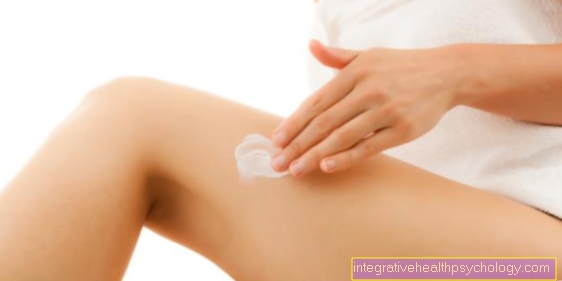


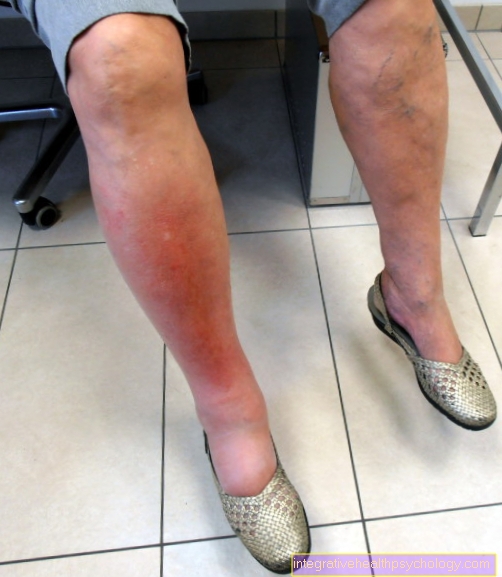
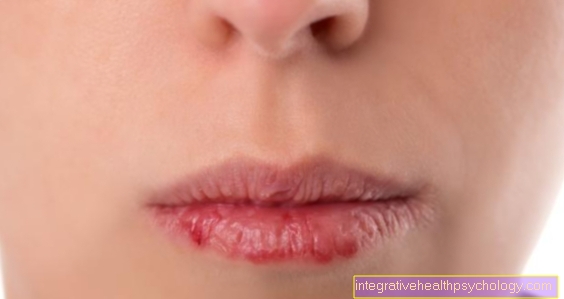
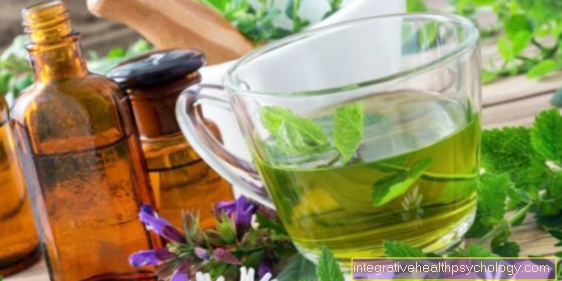


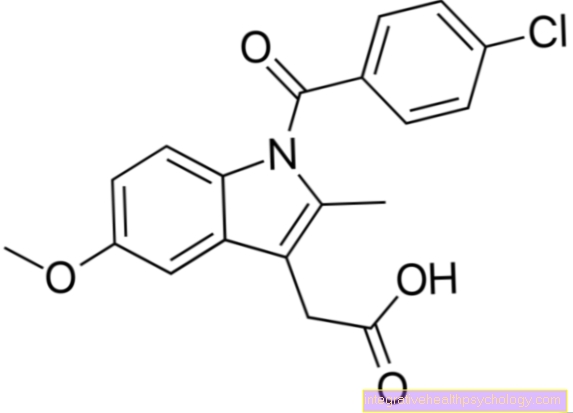

.jpg)



